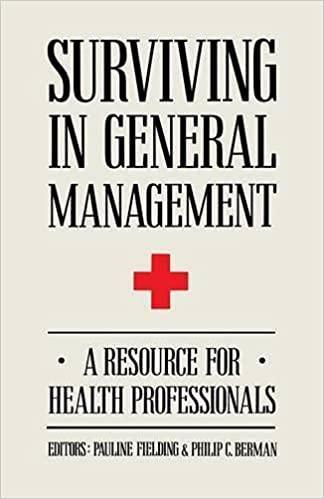
16. You are planning to retire in forty years. You will be spending $25,000 per year, starting at the end of year 41. Assume you will live for 25 years after retirement and the annual interest rate is 5%. (a) What is the present value of your total spending? (b) Assume that the inflation rate is expected to be 2% per year from now until your death. If you still want to be able to spend $25,000 in today's terms (that is, $25,000 worth of goods), what will be the present value of your total spending? Assume the annual interest rate is still 5%. (c) You are going to save $3,200 a year for the next forty years. How much money will you have before retirement? (That is, at the end of year 40) (d) Will you have enough savings to retire if you assume no inflation (as in part a)? Will you have enough savings to retire if you assume 2% inflation (as in part b)? (e) If you have enough savings, how much money will you leave to your heirs? If you don't have enough savings, what will be the total deficit at your death? Assume you will die after your final spending withdrawal at the end of retirement. Solve for both the part (a) and part (b) spending amounts. (f) Challenge question: If you are going to run out of money, how many years would you be able to live before you exhaust your savings? Solve using whichever spending assumptions had a savings deficit in part (e). your 25th year of 16. You are planning to retire in forty years. You will be spending $25,000 per year, starting at the end of year 41. Assume you will live for 25 years after retirement and the annual interest rate is 5%. (a) What is the present value of your total spending? (b) Assume that the inflation rate is expected to be 2% per year from now until your death. If you still want to be able to spend $25,000 in today's terms (that is, $25,000 worth of goods), what will be the present value of your total spending? Assume the annual interest rate is still 5%. (c) You are going to save $3,200 a year for the next forty years. How much money will you have before retirement? (That is, at the end of year 40) (d) Will you have enough savings to retire if you assume no inflation (as in part a)? Will you have enough savings to retire if you assume 2% inflation (as in part b)? (e) If you have enough savings, how much money will you leave to your heirs? If you don't have enough savings, what will be the total deficit at your death? Assume you will die after your final spending withdrawal at the end of retirement. Solve for both the part (a) and part (b) spending amounts. (f) Challenge question: If you are going to run out of money, how many years would you be able to live before you exhaust your savings? Solve using whichever spending assumptions had a savings deficit in part (e). your 25th year of







